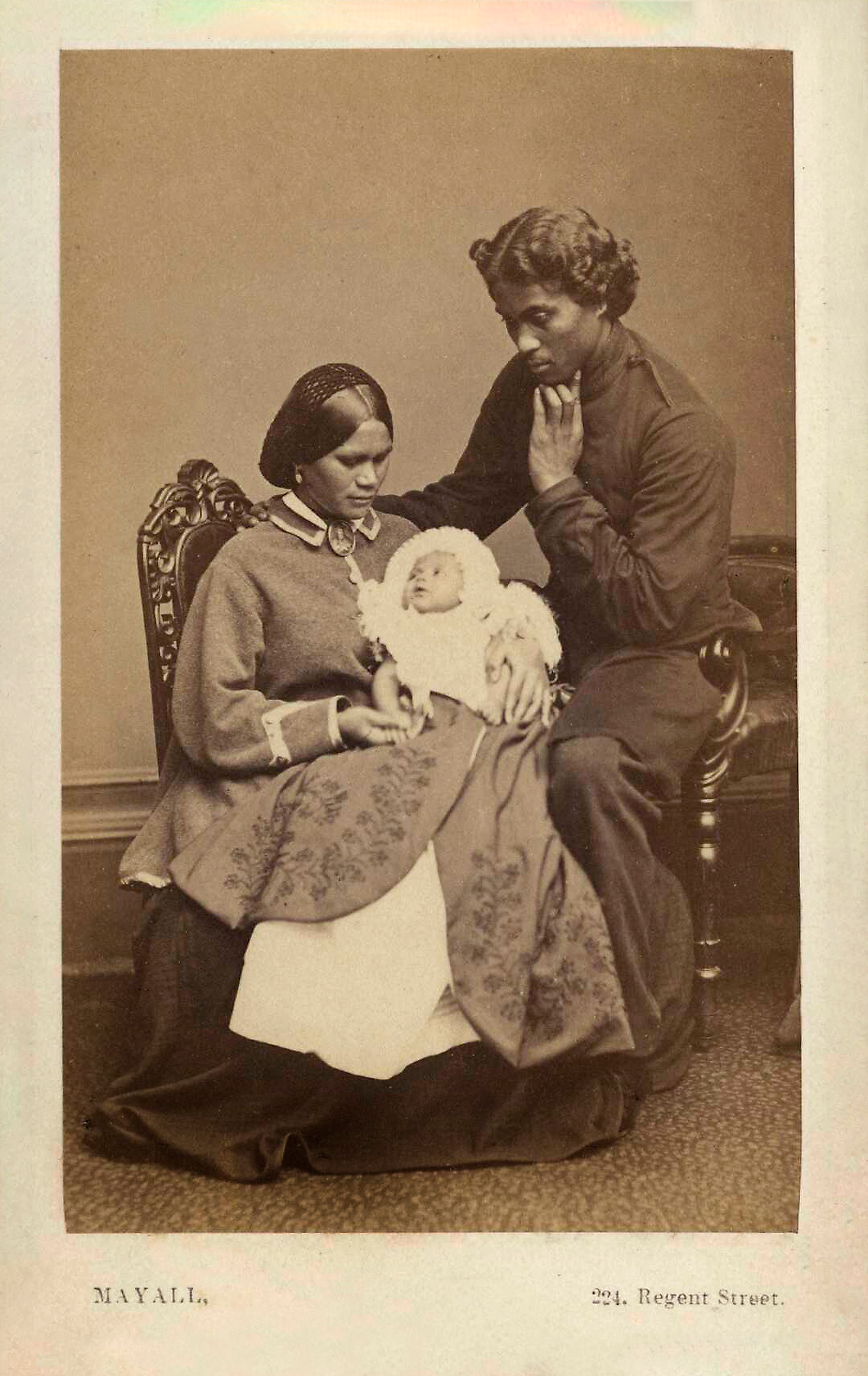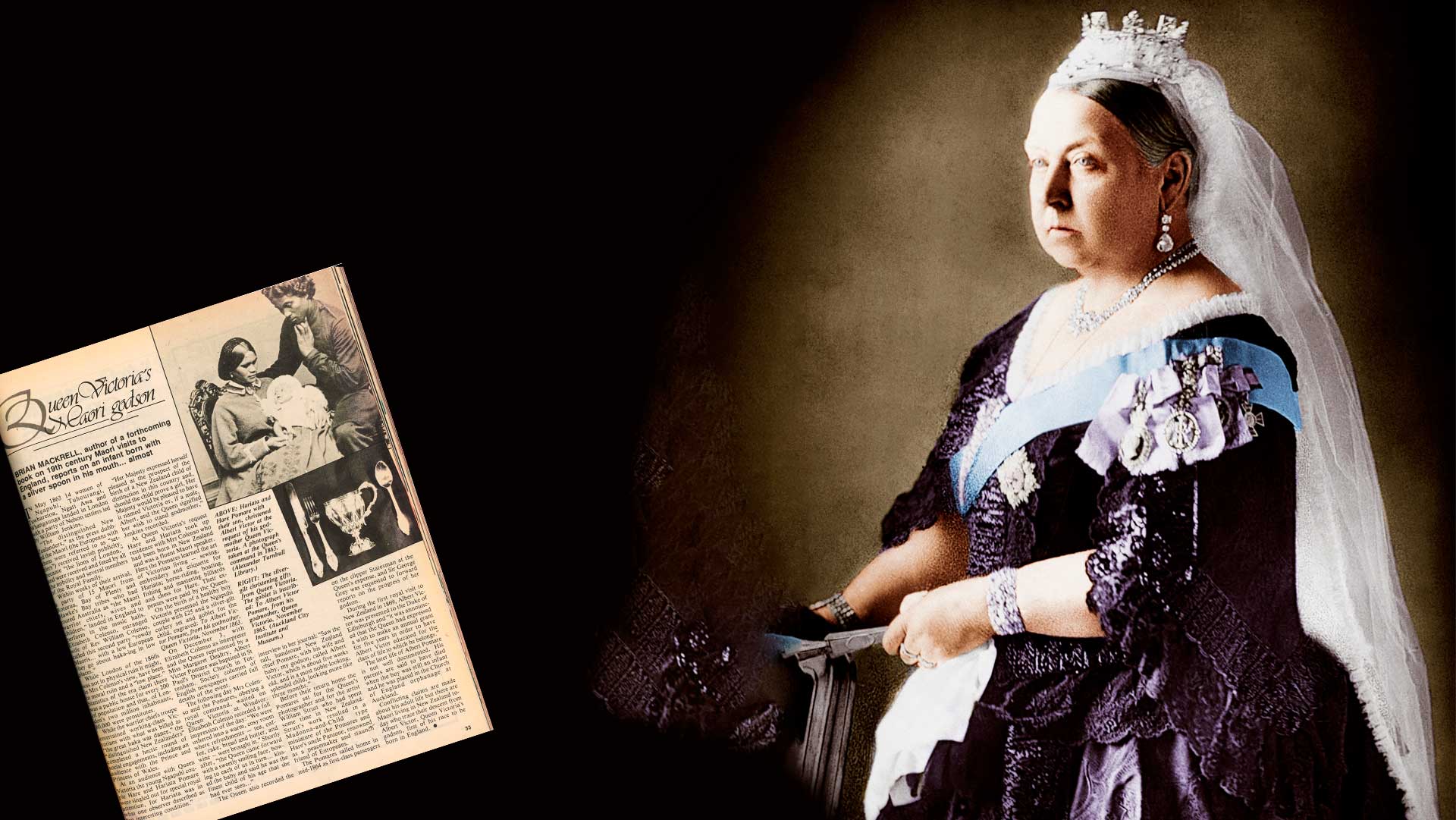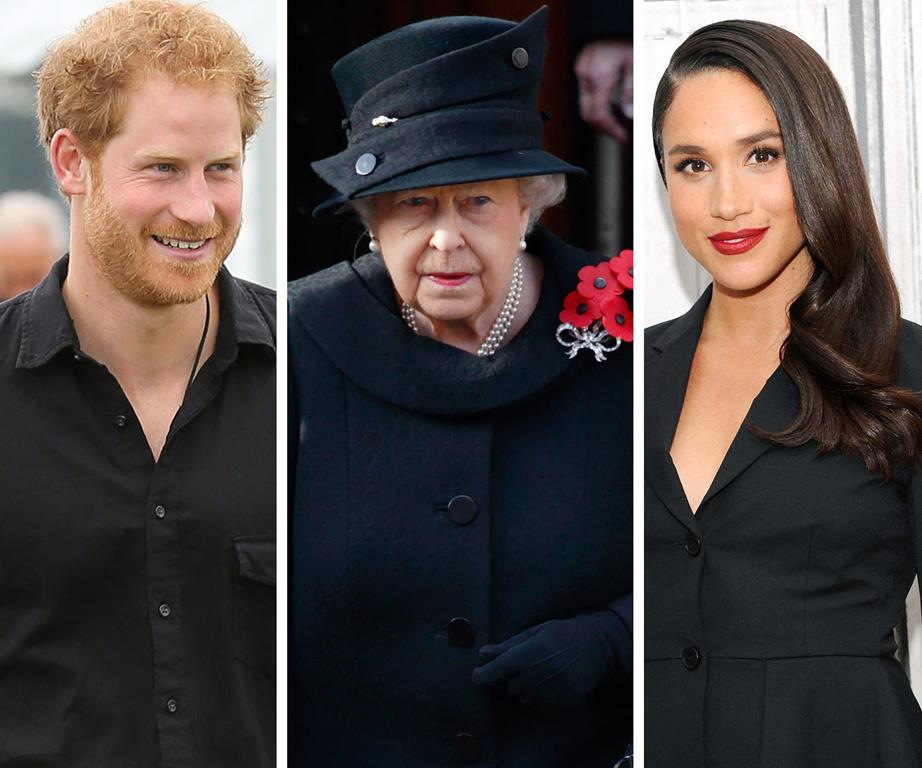Did you know that Queen Victoria had a Maori godson? Neither did we – until author Brian Mackrell revealed the incredible details to the Weekly in 1985. He tells the story of the young Maori infant who was born with something of a silver spoon in his mouth.
In May 1863, 14 women of Ngapuhi, Tuhourangi, Tuwharetoa, Ngati Awa and Ngati Whangaunga landed in London with a party of Nelson settlers led by William Jenkins.
“The distinguished New Zealanders,” as the press dubbed the Maori (the Europeans with them were referred to as “settlers”) received lavish publicity, became “the lions of London”, and were received and feted by all the nobility and several members of the royal family.
Within weeks of their arrival, a party of 15 Maori from Rotorua, Bay of Plenty and Hawke’s Bay tribes who had toured Australia as “the Maori warrior chiefs, wives and children,” landed in England to perform in music halls.
Elizabeth Colenso, estranged wife of Reverend William Colenso, called this second party “rowdy Maoris… with a low European they go about haka-ing in low places”.
While London of the 1860s was not in physical ruin, it might, in Elizabeth Colenso’s view, have been in moral ruin and a “low place”.
Statistics of the era claim there was a public house for every 200 people and that, of London’s two million inhabitants, about 80,000 were prostitutes.

Hariata, Hare and their son Albert Victor sat for the Queen’s official photographer.
While the warrior chiefs’ troupe entertained working-class Victorians with what was billed as “the great haka war dance,” the “distinguished New Zealanders” completed a hectic round of social engagements, including an audience with the Prince and Princess of Wales.
At an audience with Queen Victoria, the young Ngapuhi couple Hare and Hariata Pomare were singled out for special royal attention, for Hariata was in what one observer described as “an interesting condition”.
“Her Majesty expressed herself pleased at the prospect of the birth of a New Zealand child of distinction in this country and, should the child prove a girl, Her Majesty would be pleased to have it named Victoria or, if a male, Albert, and the Queen signified her wish to stand godmother,” William Jenkins recorded.
At Queen Victoria’s request, Hare and Hariata took up residence with Elizabeth Colenso, who had been born in New Zealand and was a fluent Maori speaker. Here,
the Pomares learned the art of Victorian living – sewing, embroidery and etiquette for Hariata; horse-riding, boating, fishing and mastering billiards and chess for Hare. Their expenses were paid by the Queen.
On the birth of a healthy boy, Victoria presented the Ngapuhi couple with £25 and a silver-gilt cutlery set and goblet for the child, engraved: To Albert Victor Pomare, from his godmother, Queen Victoria, November 1863.
On December 3, with Elizabeth Colenso as interpreter and the Queen represented by a Miss Margaret Dealtry, Albert Victor Pomare was baptised in St Paul’s District Church in Tottenham.
Society columns of English newspapers carried full details of the event. The following day, Elizabeth and the Pomares, obeying a royal command, waited on Queen Victoria at Windsor.
Elizabeth recorded a full impression of the day. “We were ushered into a warm, cosy room where refreshments – tea, coffee, cake, bread and butter, and wine – were brought in.”

Shortly after, “the Queen came forward with a sweetly smiling face, bowing to each of us in turn… kissed the baby and said he was the finest child of his age that she had ever seen…”
The Queen also recorded the interview in her journal: “Saw the tall, handsome New Zealand chief Pomare, with his wife and baby, my godson, called Albert Victor, which is about five weeks old. He is a noble-looking, splendid child, looking more like three months.”
Before their return home, the Pomares sat for the Queen’s photographer and for the artist William Strutt, who had spent some time in New Zealand. Strutt’s work resulted in a Madonna-and-Child type miniature of the Pomares and Hare’s uncle Patuone, renowned as a peacemaker and staunch friend of Europeans.
The Pomares sailed home in mid-1864 as first-class passengers on the clipper Statesman at the Queen’s expense, and Governor Sir George Grey was requested to forward reports on the progress of her godson.
During the first royal visit to New Zealand in 1869, Albert Victor was presented to the Duke of Edinburgh and “it was announced that the Queen had expressed a wish to make an annual grant for five years in order to have Albert Victor educated for the class of life to which he belongs”.
The later life of Albert is not well documented. His parents are said to have died when he was still an infant and Albert was placed in the Church of England orphanage at Auckland.
Conflicting claims are made about his adult life but some Maori living in New Zealand today can trace their descent from Albert Victor, Queen Victoria’s godson, first of his race to be born in England.


